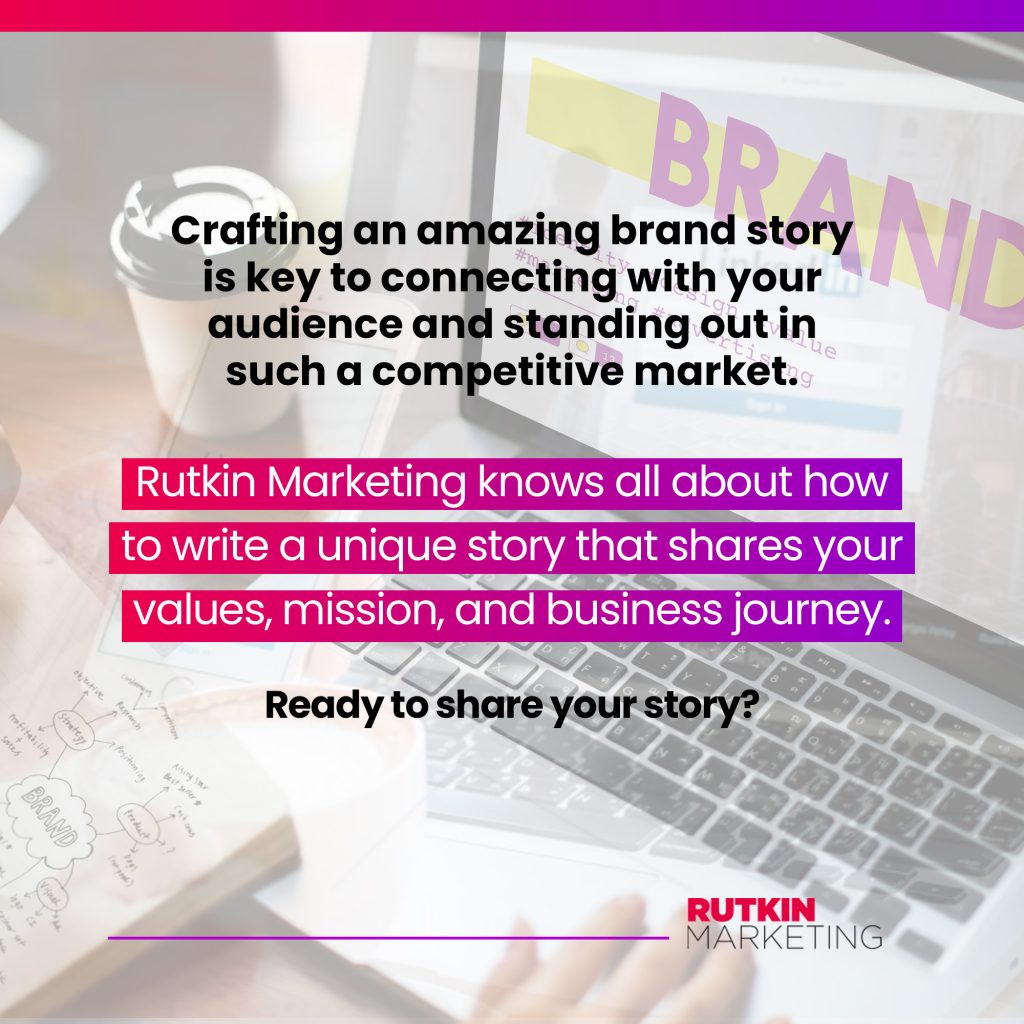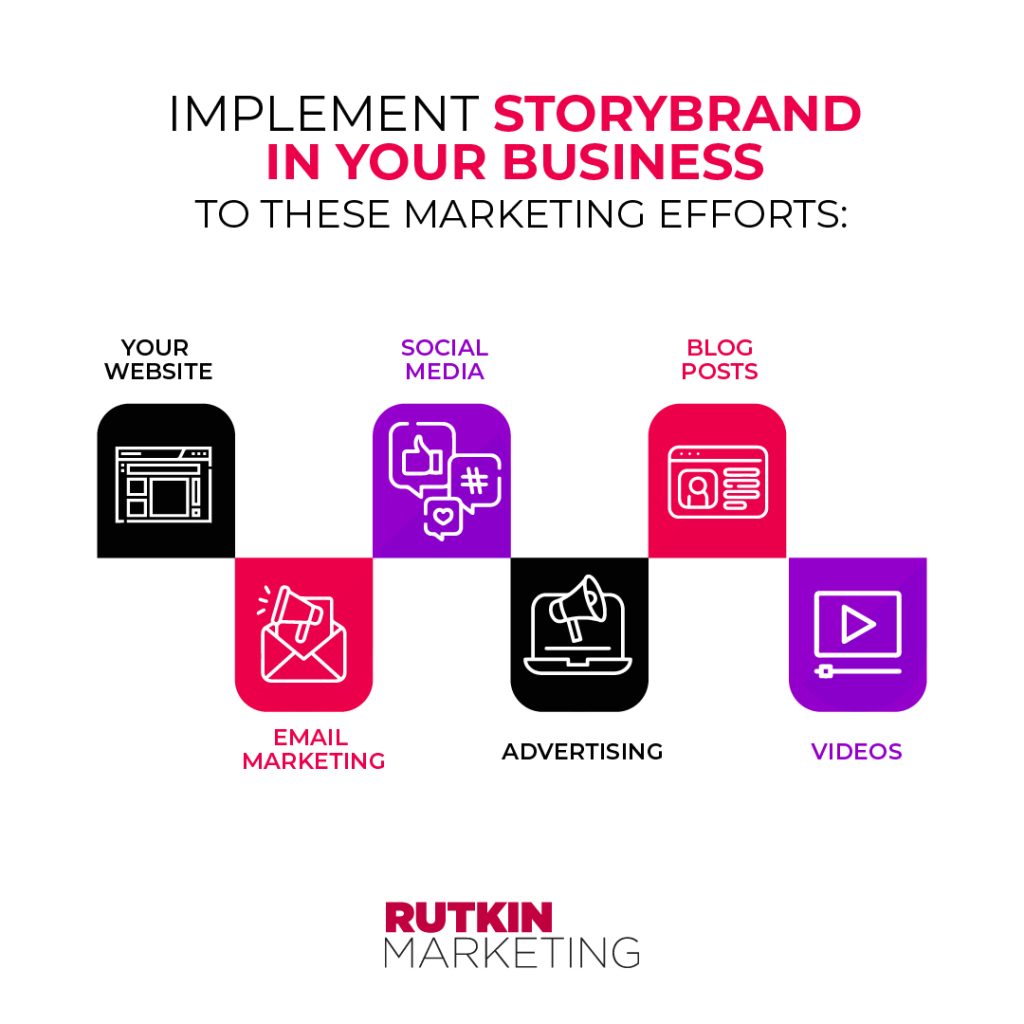Why Brand Storytelling Wins: The Secret to Engaging and Converting More Customers

We’re living in the age of AI, automation, and endless data dashboards. Efficiency matters—but it doesn’t close deals on its own. The brands that win lead with clarity and connection. And at the center of that connection is one irreplaceable element that makes all the difference: storytelling.
So, why brand storytelling?
As marketers, we often rely on algorithms, data and analytics to drive our decisions. But here’s the truth: the human brain isn’t wired for raw data; it’s wired for stories. If you want your brand to stand out, you need to capture your customers’ hearts, not just their attention. And there’s no better way to do this than through brand storytelling.
Whether you’re selling to consumers or other businesses, the same truth applies: emotion drives decisions. People make decisions based on how they feel, then they rationalize these decisions with logic and data. That is why brand storytelling works. It creates emotional connections that data alone cannot. Without the “why” behind your product or service, you’re just pitching a list of features–and features alone won’t win over new customers.
Three Ways Brand Storytelling Converts More Customers
1. Stories Create Impact
Think about the best salespeople you know. What sets them apart? They don’t pitch features–they sell stories. They talk about how a product solved a real problem, helped a business succeed, or made a client feel like a hero. When you shift your marketing to focus on your customer’s journey, you create an emotional connection that resonates far more than any cold, feature-heavy pitch. Instead of just informing your audience, you engage them—and that’s what drives conversions, especially in B2B brand storytelling.
2. Highlight Customer Pains
If you want to tell stories that resonate, start with what your audience is struggling with. Highlight their challenges. Show them you get it. By showcasing real-world customer pain points in your storytelling, you position your product or service as the solution to alleviate those problems.
That makes your message more relatable, more relevant–and far more effective. In B2B marketing, where decision-makers are risk-conscious and outcomes matter, this approach builds confidence and trust.
3. Go Beyond Features, Focus on ‘Why’
It’s easy to default to listing features. But decision-makers don’t buy features–they buy outcomes. They want to know why your solution matters. Why should they care? Why now? Why you?
Brand storytelling shifts the conversation away from dry facts and focuses on the bigger picture; the transformation you deliver, the value you create, and the alignment with their goals. It’s not about listing what your product or service does. It’s about showing why it matters–and how it helps your customer win.
The Power of Visual Storytelling
Studies show that people retain 65% of information when presented with visuals compared to just 10% with plain text. This means that if your marketing is not visual, your message is likely getting lost.
Visual storytelling–through infographics, videos or strategic imagery–brings your brand story to life. It makes it more memorable, more engaging, and shareable. Decision-makers are far more likely to remember a product or service that is connected to a meaningful story than one presented in a feature-heavy vacuum.
Remember, data + story = influence.
It’s not enough to show numbers. You need to show what those numbers mean. Paint a picture of what success looks like with your solution in place.
Brand Storytelling in Action: B2B Marketing Tactics
In B2B brand storytelling, it isn’t just about feel-good fluff–it’s about clarity, credibility, and connection. Your audience wants to know:
- Who have you helped?
- What problem did you solve?
- What was the outcome?
Use storytelling to showcase how your product or service has helped other businesses overcome challenges and achieve their objectives. Lean into real customer feedback, case studies and testimonials. These aren’t just sales enablement assets—they’re proof.
The most effective B2B stories show your customer’s transformation, not just your brand’s capabilities, awards, and accolades. That’s what builds trust and moves deals forward.
Additionally, you can cascade your StoryBrand messaging to your website, sales, and other marketing content.
Final Thoughts on Brand Storytelling
At Rutkin Marketing, we believe storytelling is your most powerful marketing tool—especially in today’s noisy, crowded market. When done right, brand storytelling doesn’t just inform. It influences. It connects. It converts.
By combining visuals, emotional resonance, and customer-centered messaging, you can turn your marketing into something people actually remember—and act on.
Ready to put brand storytelling to work for your business?
Explore our Brand Storytelling Services, check out our blog on Transforming Your Marketing Strategy with the StoryBrand Framework, or get in touch with one of our experts to talk about what’s next.


